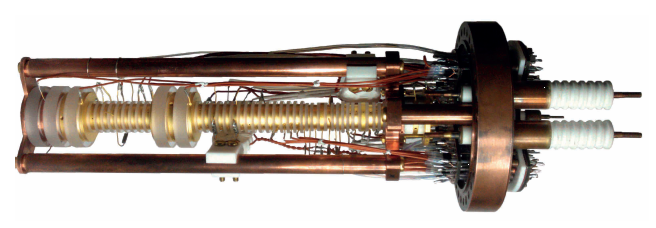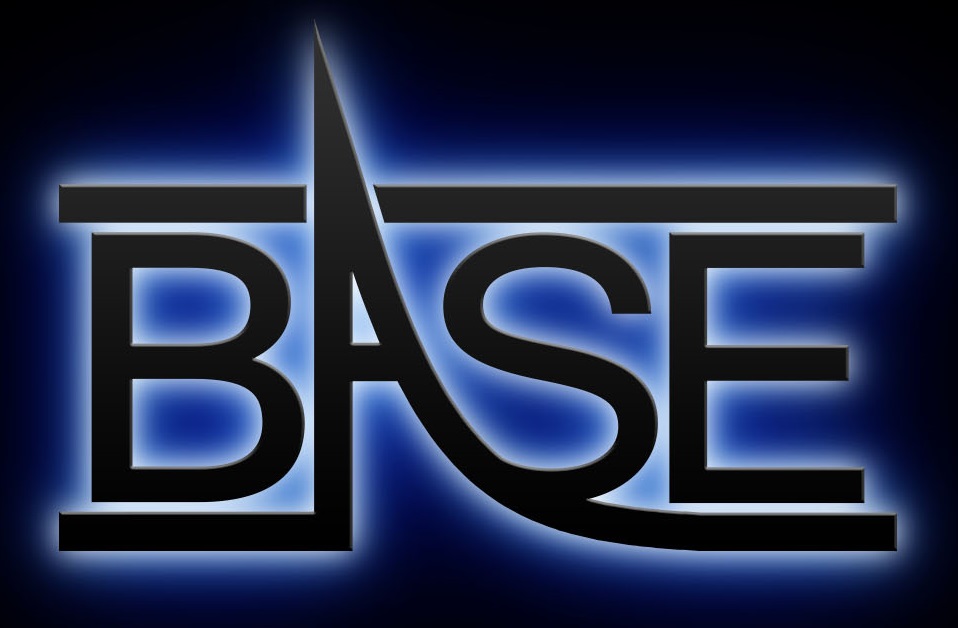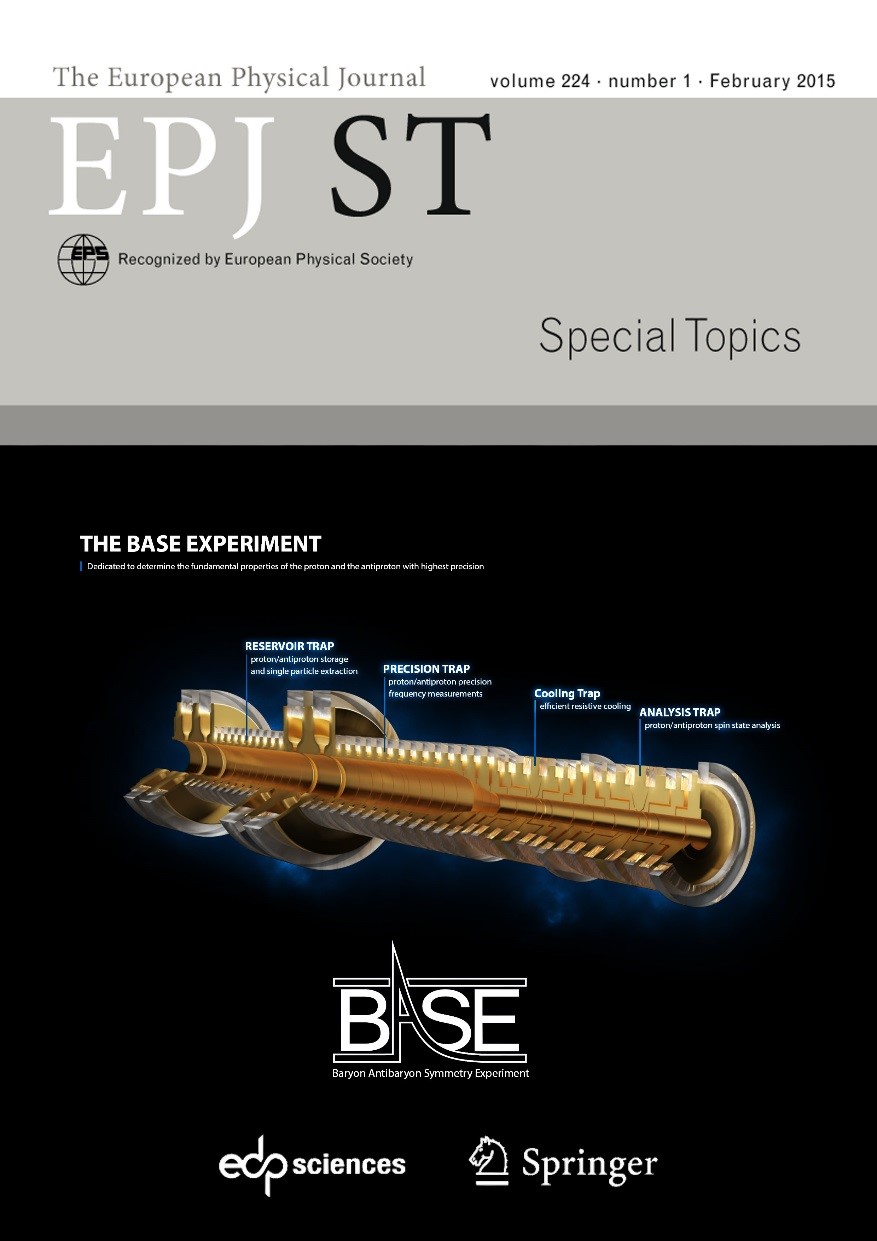MOTIVATION
CPT symmetry is the most fundamental symmetry in the local, relativistic quantum field theories of the Standard Model. It implies exact equality between the fundamental properties of particles and their antimatter conjugates. Any measured difference between masses, charges, lifetimes or magnetic moments of a conjugated matter/antimatter system would thus indicate new physics, and potentially contribute to the solution of one of the hottest topics in modern physics—the observed matter/antimatter asymmetry in the Universe. This is the fascination and motivation driving experiments which compare the properties of matter and their antimatter equivalents at lowest energies and greatest precision. The electron/positron g-factors were compared with a fractional precision of 3 parts in a trillion (ppt), the proton/antiproton charge-to-mass ratios were measured with a precision of 69 ppt and experiments are planned to compare the spectroscopic properties of hydrogen and antihydrogen as the ground state hyperfine splitting (ASACUSA/ALPHA) or the 1S-2S transition in hydrogen (ALPHA/ATRAP).

Precision levels of different particle properties. Red: recently reported data, blue: oder data, green: planned precision levels. BASE targets improved measurement of the proton-to-antiproton charge-to-mass ratio and magnetic moments.
The BASE experiments focus precise comparisons of the fundamental properties of protins and antiprotons, such as magnetic moments μ = g/2 · q.h/(2m) and charge-to-mass ratios (q/m)pbar/(q/m)p. Here g is the so-called g-factor. The magnetic moment in units of the nuclear magneton can be determined by measuring the free cyclotron frequency 2πνc = q/m · B0 and the spin precession frequency 2πνL = g/2 · q/m · B0 (also called Larmor frequency) of a single particle stored in a cryogenic Penning trap, where B0 is the trap’s magnetic field. The free cyclotron frequency is determined by image current detection, whereas for the measurement of νL the continuous Stern-Gerlach effect is applied.
For charge-to-mass ratio comparisons cyclotron frequencies of different particle species are compared in the same magnetic field. In a recent paper we compared cyclotron frequencies of negatively charged hydrogen ions and antiprotons with a fractional precision of 69 parts in a trillion. This constitutes the to-date most precise test of CPT invariance with baryons.
PENNING TRAP AND IMAGE CURRENT DETECTION
The main tool used in the BASE experiments is the Penning trap. The trajectory of a single particle in a Penning trap can be decribed as a superposition of three independent harmonic oscillators at the modified cyclotron frequency ν+, the axial frequency νz, and the magnetron frequency ν-. These frequencies are measured via image current detection. Resonant detection systems consisting of superconducting inductors and ultra low noise amplifiers are connected to the trap electrodes. Once tuned to the particle's respective oscillation frequency the tiny image currents induced by the particle's motion can be picked-up. Eventually, the cyclotron frequency νc is determined via an invariance theorem
νc2 = ν+2+νz2+ν-2.
In BASE we developed detection systems with ultra-high sensitivity. We are able to measure the particle's oscillation frequencies with ppb accuracy in integration times of only 20 s. So-called dip detection is used, where the particle is in thermal equilibrium with the detectors (4 K). At such low temperatures systematic frequency shifts, and thus shifts of the measured magnetic moments, are negligible.

Single particle in resonance with one of our non-destructive detection systems
CONTINUOUS STERN-GERLACH EFFECT
For the measurement of the Larmor frequency νL the continuous Stern-Gerlach effect is applied. In this scheme a strong magnetic bottle B(z) = B0 + B2z2, where z is the direction of the magnetic field, is superimposed on the Penning trap. This couples the spin magnetic moment of the particle to its axial oscillation frequency νz, and thus, reduces the determination of the spin direction to a non-destructive frequency measurement. A magnetic radio frequency field at νrf is applied to induce spin transitions, and from a measurement of the spin-flip probability PSF(νrf), the Larmor frequency νL is obtained.
This scheme has been applied with great success in measurements of the electron magnetic moment. However, the magnetic moment of the proton is 660 times smaller than that of the electron, which means that it is considerably harder to detect. Thus ultra stong magnetic inhomogeneities have to be used to resolve proton spin transitions, which costitutes a significant experimental challenge. In 2011 BASE reported on the first spin flips with a single trapped ever observed.

Observation of single particle spin transitions by quantum jump spectroscopy, observed by A. Mooser et al. in 2012.
DOUBLE PENNING TRAP METHOD
By using the method described above, the magnetic moment of a single trapped proton was measured by us and another independent group with fractional precisions at the ppm level. The achieved experimental precisions are limited by the strong magnetic bottle's B2 ≈ 300 000 T/m2 which broadens the Larmor resonance line significantly. To overcome this problem, a GSI/University of Mainz Collaboration developed the elegant double Penning trap method, where the analysis of the spin state and the precision measurements of νc and νL are separated to two traps: an analysis trap (AT) with the superimposed B2, and a precision trap (PT), where the magnetic field is more homogeneous by a factor of 75 000. This reduces the line width of the spin resonance by orders of magnitude and boosts experimental precision.
The double-trap technique has been applied with great success in measurements of the magnetic moment of the electron bound to highly-charged ions, where sub-ppb precision was achieved. However, the application of it to measure the (anti)proton magnetic moment is extremely difficult. We reported recently on the first detection of single proton spin flips and demonstrated the first successful application of the double Penning trap method with a single trapped proton. This is a major step towards a dramatic improvement in the measurement precision of the magnetic moment of both the proton and the antiproton to the ppb level and beyond.
The BASE Penning trap system is shown below. It consists of the precision trap/analysis trap setup which will be used to apply the double trap technique. Two additional traps are used, a reservoir trap to catch antiprotons and provide antiprotons during accelerator shutdown, and a cooling trap which will be used for efficient cooling of the particle motions.

BASE multi Penning trap system
BASE AT CERN
The BASE Project was approved by the CERN Research Board in June 2013. The BASE group at CERN constructed a new Penning trap apparatus which has been commissioned in CERN’s antiproton run 2014 at the Antiproton Decelerator (AD). A specialty of BASE is a reservoir trap for antiprotons, which allows us to trap a cloud of antiprotons, decouple from the accelerator and to dispense single antiprotons into the precision Penning trap cycle. Due to the 10-19 mbar vacuum in our trap can we can store antiprotons for months and even bridge the AD winter shutdown. The working principle is demonstrated on the figure below, the upper graph shows the content of the reservoir. The second plot shows the content of one of our precision traps and the third graph the content of our magnetic bottle trap. At 57h, a single particle was extracted from the reservoir and shuttled to the precision trap. At 125h, we applied the same principle, performed measurements on this particle and eventually shuttled it at 155h to the magnetic bottle trap. At 163h, the measurements were turned off due to a power cut of 10h. After 178h, the traps were switched-on again.
Reservoir trap content and particle shuttling

Base experiment implemented into the AD facility
For a very detailed explanation of the BASE experiment we refer to our recently published open source review article “The BASE Experiment” which has been published in a special topics issue of the European physical journal.

